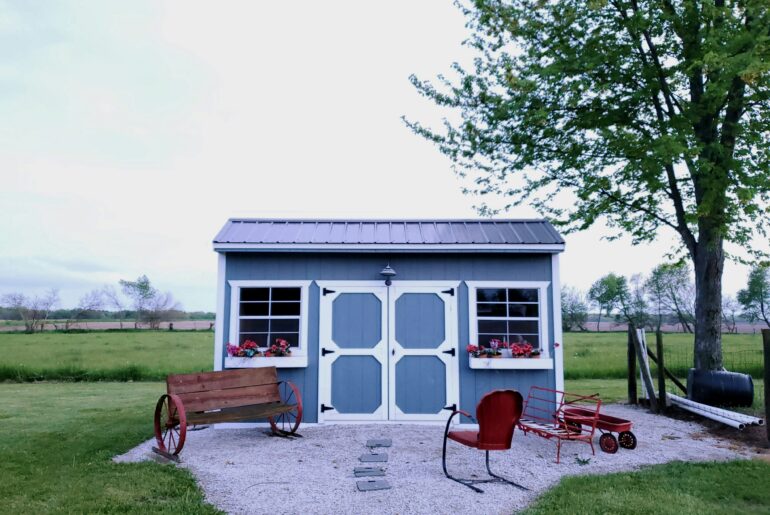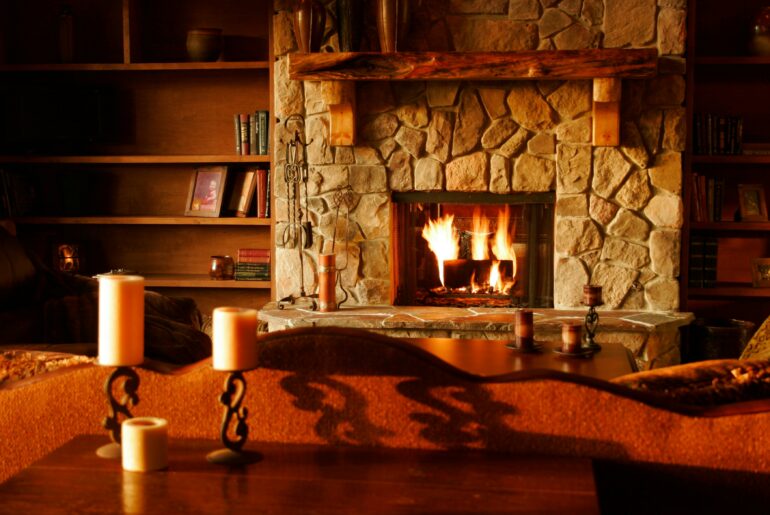Complying with building codes in any region is imperative to ensure the safety of individuals and property. Plus, everyone in the construction process, from the contractor and building owners to architects, is legally obliged to meet the standards set by the local government.
In Texas, building codes require insulation for all building types, residential and commercial. The International Code Council (ICC) provides regulations on insulation for Texas and other US states.
These regulations are specified in the International Energy Conservation Code (IECC). Currently, the 2015 edition of the IECC is in effect in all Texas cities. Keep reading to learn about the government-mandated insulation requirements in Texas.
Insulation Requirements in Texas
To understand insulation requirements in any region, you must be familiar with its climate zones. A climate zone is a geographic region identified by its average weather conditions. The US has eight climate zones.
Texan cities fall into three of these zones, as per the climate zone map. These zones include:
- Southern Texas: Zone 2
- Northwest Texas: Zone 4
- Central Texas: Zone 3
In 2021, the US government released a new map that had a few added climate zones. According to this map, the following zones are present in Texas:
- 1A: Southern Tip of Texas
- 2A: Southeast Texas
- 2B: Southwest Texas
- 3A: Northeast Texas
- 3B: West Texas
- 4B: Northwest Texas
To determine the insulation requirements for your Texan building, you should know which climate zone your county falls in.
Insulation Requirements for Zone 1
Regions in Climate Zone 1 do not have extensive insulation requirements. Here are the requirements set by the US Department of Energy for Zone 1:
- Uninsulated Attic: R30–R49
- 3 to 4 Inches of Existing Insulation in the Attic: R19–R38
- Uninsulated Floor: R13
- Uninsulated Wood-Frame Wall: R13 or R0 + R10 CI
CI means continuous insulation. Simply put, it means adding insulation on walls in a continuous pattern.
Insulation Requirements for Zone 2
As you move up the zones, the required R-values also increase. For Zone 2, the insulation requirements are:
- Uninsulated Attic: R49–R60
- 3 to 4 Inches of Existing Insulation in the Attic: R38–R49
- Uninsulated Floor: R13
- Uninsulated Wood-Frame Wall: R13 or R0 + R10 CI
As you can see, the insulation requirements for the attic have increased from Zone 1 to Zone 2.
Insulation Requirements for Zone 3
If your Texan property is located in Zone 3, you need to ensure that your insulation meets the following requirements:
- Uninsulated Attic: R49–R60
- 3 to 4 Inches of Existing Insulation in the Attic: R38–R49
- Uninsulated Floor: R19
- Uninsulated Wood-Frame Wall: R20 or R13 + R5 CI or R0 + R15 CI
- Insulated Wood Frame Wall: Add R5 CI
In this case, the insulation requirements for uninsulated wood-frame walls and insulated floors have increased.
You can also notice the addition of insulated wood-frame walls in the insulation requirements for Zone 3.
Insulation Requirements for Zone 4
Finally, if your property is located in Zone 4, the requirements are as follows:
- Uninsulated Attic: R60
- 3 to 4 Inches of Existing Insulation in the Attic: R49
- Uninsulated Floor: R19
- Uninsulated Wood-Frame Wall: R20 + R5 CI or R13 + R10 CI or R0 + R15 CI
- Insulated Wood Frame Wall: Add R10 CI
Insulation Requirements for Commercial Buildings in Texas
Commercial buildings in Texas must also meet certain insulation requirements, depending on their location. Here are the requirements for Zone 2:
- Heated Slab on Grade: R-7.5
- Walls: Masonry: R-7.5CI
- Roof Above Deck: R-13 cavity + R6.5-13CI
- Attic: R38
- Roof of Metal Building: R19+R11
The requirements for commercial buildings in Zone 3 are as follows:
- Heated Slab on Grade: R-10
- Walls: Masonry: R-7.5-9.5CI
- Roof Above Deck: R-13 cavity + R13CI
- Attic: R38
- Roof of Metal Building: R19+R11
If your building is in Zone 4, follow these requirements:
- Heated Slab on Grade: R-15
- Walls: Masonry: R-9.5-11.4CI
- Roof Above Deck: R-13 cavity + R13CI
- Attic: R38
- Roof of Metal Building: R19+R11
Additional Prescriptive Requirements
The “prescriptive” requirements refer to additional requirements that must be met in a residential or commercial building. Here are some of them for Texas:
- When installing floor insulation, there should be contact with the subfloor decking’s underside.
- The IECC section R402.2.10 specifies insulation requirements for the slab-on-grade floors. You must add R-5 to the required values if the slabs are heated.
- The R-values mentioned in the IECC are minimum acceptable levels.
- R-values pertaining to walls include insulated sheathing and cavity insulation.
- Builders must seal the ducts and verify the total leakage does not exceed 4cfm/100 sq ft, except when the ducts and air handler are inside the conditioned space. You must also seal filter boxes and air handlers.
As a homeowner, you should be aware of these additional requirements and ensure that your insulation meets them. Discuss them with your contractor beforehand to avoid problems later on.
Insulation Options That Work Best for Texas
After learning about the insulation requirements in Texas, you can now be more confident when selecting the right insulation material. Here are some good materials to select from.
Fiberglass Insulation (Blown-in or Batt)
Anyone who has ever shopped for insulation would know how common fiberglass insulation is. It’s one of the most effective and affordable materials around, making it a popular choice for many homeowners and contractors in Texas.
Blown-in fiberglass can be used for attics, walls, ceilings, flooring systems, basements, crawl spaces, or unfinished rooms above garages.
On the other hand, batt insulation is ideal for unfinished walls, floors, attics, and cathedral ceilings.
Fiberglass insulation resists mold and mildew, which is just what you need in humid Texas weather. It does not hold moisture. Thus, the insulation won’t rot or degrade over time. Plus, it doesn’t catch fire easily.
Rigid Foam Board Insulation
Rigid foam board insulation is a great choice for many applications, especially exterior wall sheathing and basement walls. The rigid foam boards are typically made of polystyrene or polyisocyanurate. You can select the material based on your desired R values.
- Polystyrene (R-3.8 to R-5.0)
- Polyurethane (R-5.5 to R-6.5)
- Polyisocyanurate (R-5.6 to R-8.0)
As evident, rigid foam board insulation has significantly higher R-values than fiberglass insulation. Plus, it’s easy to install and can help reduce air movement in your home. Most homeowners use it for basement walls, but it can also be used in the foundations and attics.
Rigid format board insulation not only aids in energy savings but also keeps pests out. Most importantly, it prevents mold growth, which is a common problem in humid climates like Texas.





